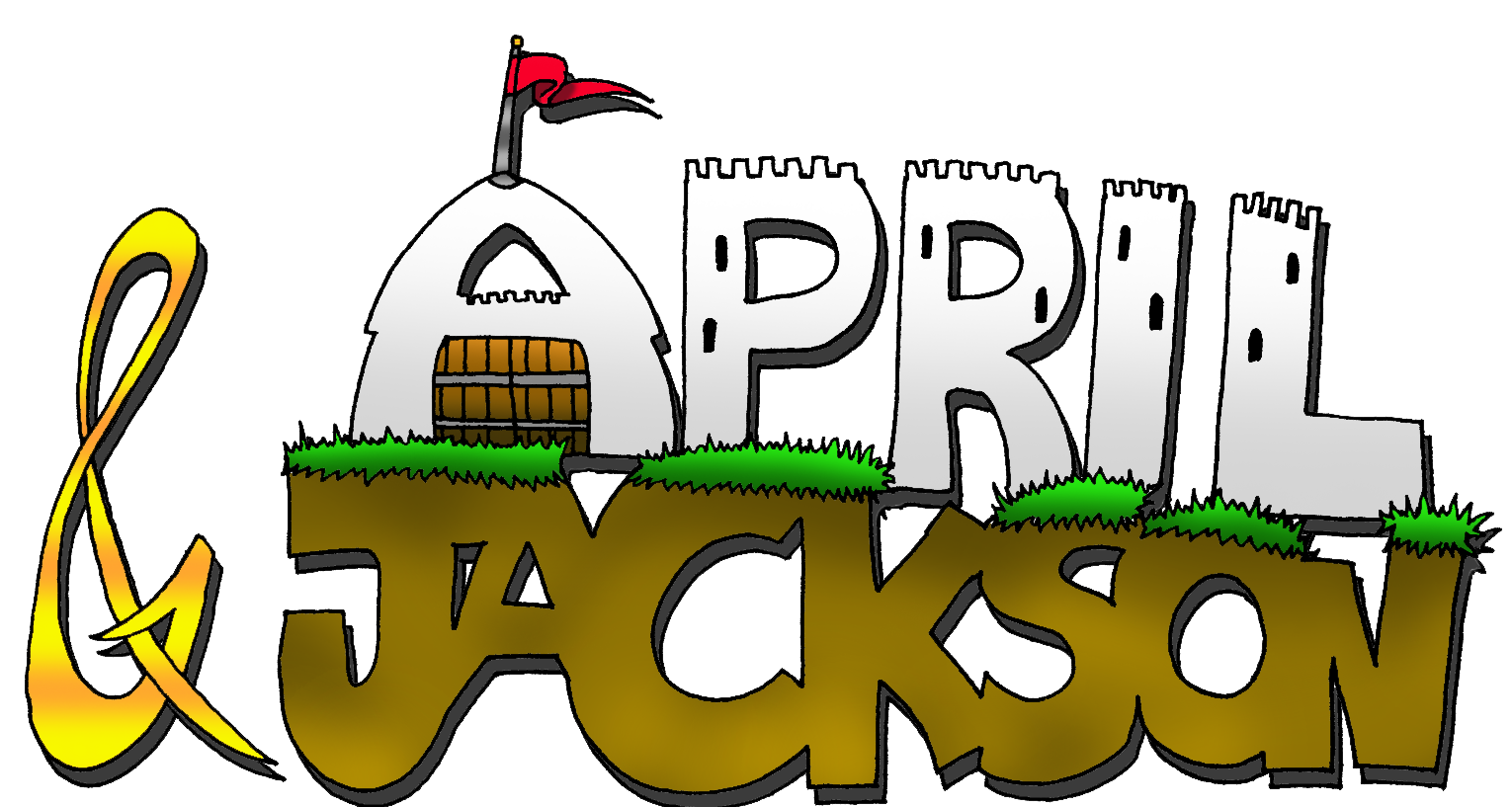*3 Fun Experiments to Do With Your Kids*
Did you know science projects help kids develop skills for goal-setting, planning and problem-solving? When we nurture their intellectual curiosity, children acquire new ways of asking questions and understanding the world. Here are 3 fun experiments to do with your child.
1.) Make an Egg ![]() Bounce. You Will need: 16-ounce glass jar, white vinegar and a Fresh Egg. Gently put egg into jar. Fill jar with vinegar, covering egg. Leave about a half an inch at top. Loosely Cover Jar and let it sit out for two days. Result: you will notice bubbles develop on egg while shell dissolves. Egg will become bouncy
Bounce. You Will need: 16-ounce glass jar, white vinegar and a Fresh Egg. Gently put egg into jar. Fill jar with vinegar, covering egg. Leave about a half an inch at top. Loosely Cover Jar and let it sit out for two days. Result: you will notice bubbles develop on egg while shell dissolves. Egg will become bouncy![]() . The Why: Eggshells contain calcium carbonate, this dissolves in acidic vinegar to produce calcium ions and carbon dioxide gas.
. The Why: Eggshells contain calcium carbonate, this dissolves in acidic vinegar to produce calcium ions and carbon dioxide gas.
2.) Homemade Bouncy Balls. You will need: 1/2 cup warm water, 1 tbsp borax, 2 tbsp school glue. Dissolve Borax into warm water. Add your glue. (The amount of glue you add will determine the size of your bouncy ball.) As soon as the glue hits the borax it will begin to harden. Remove glue from solution and roll between hands to make ball shape. Continue with solution to make as many balls as you like or discard solution when finished. The Why: borax in water makes an ion called the Borate Ion. When the borax solution comes in contact with the glue, the Borate ions help link the long polymer molecules to each other so they can’t move or flow freely.
3.) Homemade Ice Cream. You will need: One cup milk, 1/4 cup sweetened chocolate syrup, one gallon sized ziplock bag, one sandwich sandwich sized ziplock bag, ice and a good amount of salt. Mix chocolate syrup and milk together in a bowl. Put milk in sandwich sized bag and seal tightly. Place sandwich bag with milk into gallon sized bag. Fill gallon sized bag about halfway with ice, add a good amount of salt (about 2-3 tablespoons) seal the bag and give it a good shake. Keep rolling ice over milk bag. Bag will get very cold so use a towel to protect your hands. Check the milk after 5 minutes. It should be the same consistency of ice cream. If not go a little longer. The Why: Salt lowers the freezing ![]() point of water. When salted ice melts, the water can’t refreeze because the saline isn’t pure water and the freezing point is colder. As more ice melts the heat is absorbed bringing the temperature down even lower. Please always use adult supervision while trying these activities.
point of water. When salted ice melts, the water can’t refreeze because the saline isn’t pure water and the freezing point is colder. As more ice melts the heat is absorbed bringing the temperature down even lower. Please always use adult supervision while trying these activities.
We hope these 3 fun experiments bring a lot of fun to your home.
